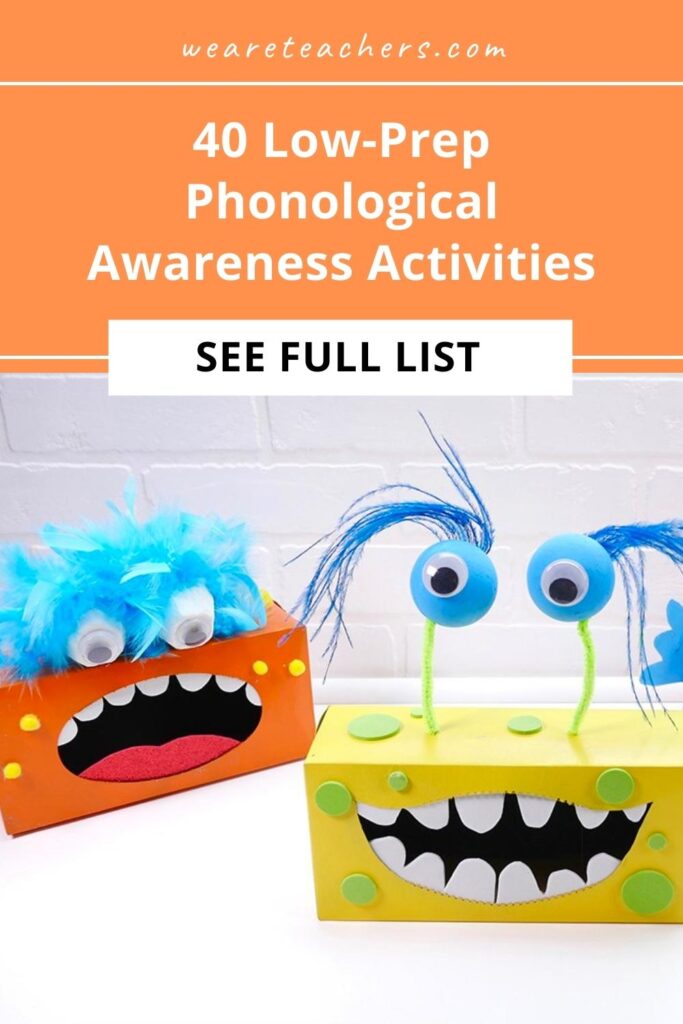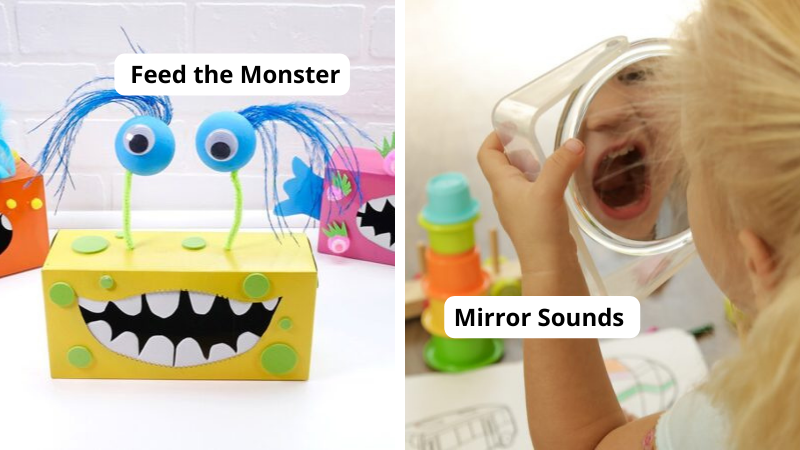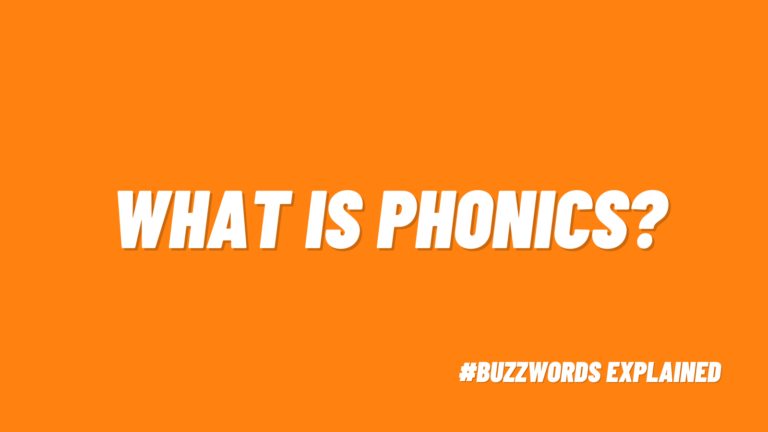If you work with pre-readers or early readers, you know that phonological awareness activities (and in particular, phonemic awareness activities) are essential for kids’ literacy success. We’ve pulled together a huge list of activities, routines, and resources for you to have at your fingertips.
Why are phonological awareness activities important?
Phonological awareness is the ability to hear and work with word parts and sounds in spoken language. Hearing rhyming words, breaking words into syllables, and comparing the beginning or ending sounds in words are all examples of phonological awareness. Having this flexibility with spoken sounds is essential for kids to learn to read and write. Phonological awareness serves as a foundation for phonics skills—learning how letters represent sounds in written language.
Why are phonemic awareness activities important?
Phonemic awareness is a subcategory of phonological awareness—and it’s a biggie! These skills allow kids to hear individual sounds in words to be ready to write them. They also let kids blend spoken sounds together to be ready to read words. Solid phonemic awareness is a key predictor of reading success.
Phonological awareness activities, including phonemic awareness activities, don’t involve letters. (That’s phonics!) This is important to remember, because a word may have a different number of sounds than letters (e.g., “car” has three letters but two spoken sounds, /c/, /ar/). Words might also have different letters but the same sounds when spoken (e.g., car and kitten start with the same /c/ sound). By playing with sounds using their voices, bodies, objects, toys, and picture cards, kids learn to hear the parts and sounds that make up spoken language. Then they can use those skills to move into reading and writing.
Low-Prep Phonological Awareness Activities
Use these activities to help kids hear and work with words, syllables, and word parts.
(Just a heads up, WeAreTeachers may collect a share of sales from the links on this page. We only recommend items our team loves!)
1. Count My Words
Say a sentence (the sillier the better!) and ask kids to count how many words you said on their fingers.
2. Chop Up a Message
Plan a sentence out loud. Have kids help chop up a sentence strip to create a piece for each word. As kids get good at this, talk about chopping a longer piece for a word that sounds longer. Practice touching each piece and saying the word it represents. (If you model writing or write the message together, that’s phonics—but still great!)
3. Count Words With Objects
Give kids blocks, LEGO bricks, interlocking cubes, or other items. Have them set out an item for each word you say in a silly sentence or message.
4. Syllable Puppet Talk
Puppets are awesome for making phonological awareness activities fun! Use a hand puppet to say words (or have kids try). Together, count how many times the puppet’s mouth opens as a way to notice syllables.
5. Syllable Clap, Tap, or Stomp
Use any percussion instrument, like rhythm sticks, homemade drums, or shakers, or just kids’ hands or feet. Say each child’s name one syllable at a time with a clap, tap, or stomp. When you get tired of class names, use characters from books you read, or content words from a curriculum unit.
6. How Many Syllables? Box
Put a collection of unexpected items in a box. Dramatically pull an item out, talk about the word, and clap how many syllables it has.
7. Syllable Food Chop
Show kids pictures of food items or dig through a bin of play food and have them pretend to “chop the food” into syllable pieces. “Eggplant” gets chopped in two parts, “Asparagus” gets chopped in four parts, etc.
8. Stuffy Syllable Sort
Grab a pile of stuffed toys (or any character toy kids like). Lay out number cards 1 through 4 on the floor and have kids clap each word, count the syllables, and put the item in the right pile.
9. Syllable Smash
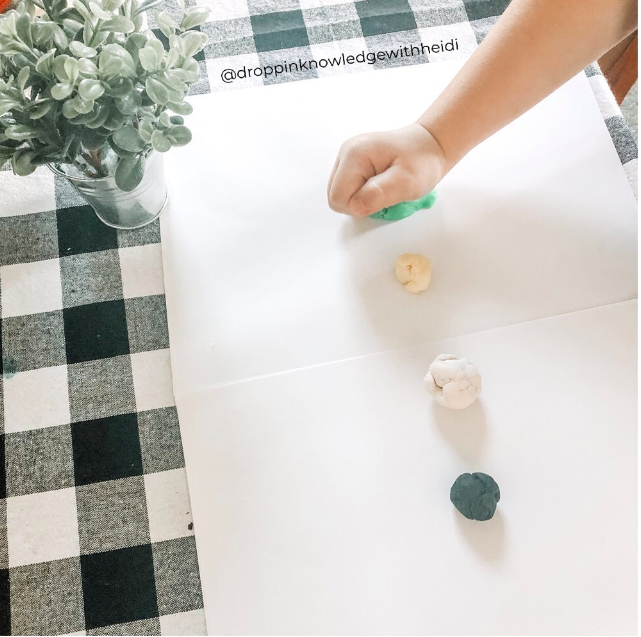
Give students balls of dough or clay. Have them smash a ball for each syllable in a spoken word.
Learn more: @droppinknowledgewithheidi
10. Fill In the Rhyme
Read aloud rhyming books and pause to have students chime in the rhyming word.
11. Thumbs Up, Thumbs Down Rhymes
Say a pair of words and have students indicate whether or not they rhyme. Expand on this game with Jack Hartmann’s Make a Rhyme, Make a Move song.
12. Guess My Rhyming Word
Give a rhyming clue for students to guess your word, such as “I’m thinking of a word that rhymes with goat” for “boat.” Or clip picture cards to student headbands, and have them give each other rhyming clues to guess their word. For example, “Your word rhymes with red” for “bed.”
13. Sing Rhyming Songs
There are plenty of favorites, but we will always be partial to classics by Raffi like Willoughby Wallaby Woo.
14. Real and Nonsense Rhymes
Start with a real word and brainstorm as many real rhyming words as you can. Then keep going with nonsense words! For instance: goat, coat, moat, throat, boat, zoat, yoat, loat!
15. Which Word Doesn’t Belong? Rhymes
Say or show pictures of a set of rhyming words with one non-rhyme. Have students call out the one that doesn’t belong.
Low-Prep Phonemic Awareness Activities
Use these activities to help kids work with individual sounds in spoken words.
16. Mirror Sounds
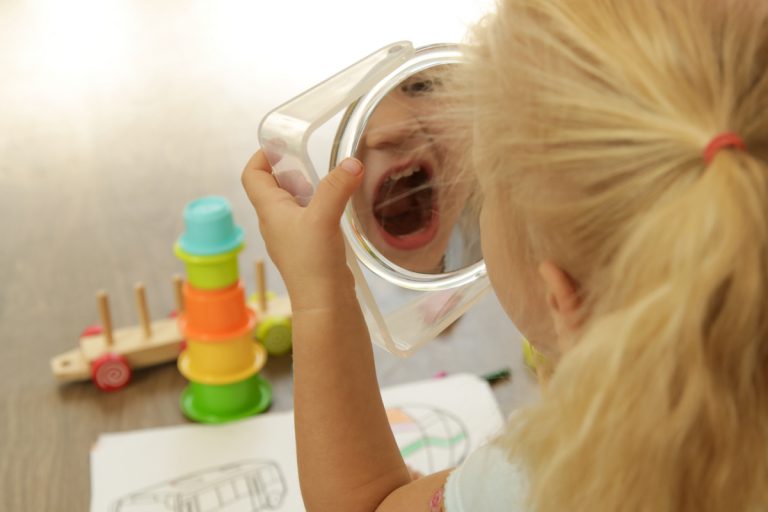
Help kids notice how their lips, tongue, and throat move, look, and feel when they make a specific sound. (Later, they can attach this information to the letter that represents the sound.)
Learn more: Kindermusik.com
17. Tongue Twisters
Practice saying tongue twisters together. Check out this fun list. Talk about the words in each tongue twister that start with the same sound.
18. Robot Talk
Make a simple robot puppet. Use it to say words segmented into individual sounds for kids to blend.
19. Microphone Sounds
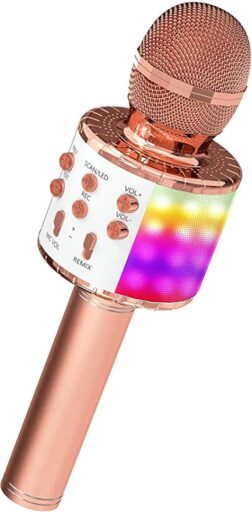
Say the sounds in a word into a fun microphone for kids to blend.
Buy it: Wireless microphone on Amazon
20. “I Spy” Beginning Sounds
Spy items around the classroom and give clues based on beginning sound. For instance, for “pencil,” say “I spy something that starts with /p/” or “I spy something that starts like pig.” When kids get good at this game, adapt it to “I Spy Ending Sounds.”
21. Blend and Draw
Say the segmented sounds in a word to kids. Have them blend the sounds and sketch the word on a small dry-erase board.
22. Feed the Monster
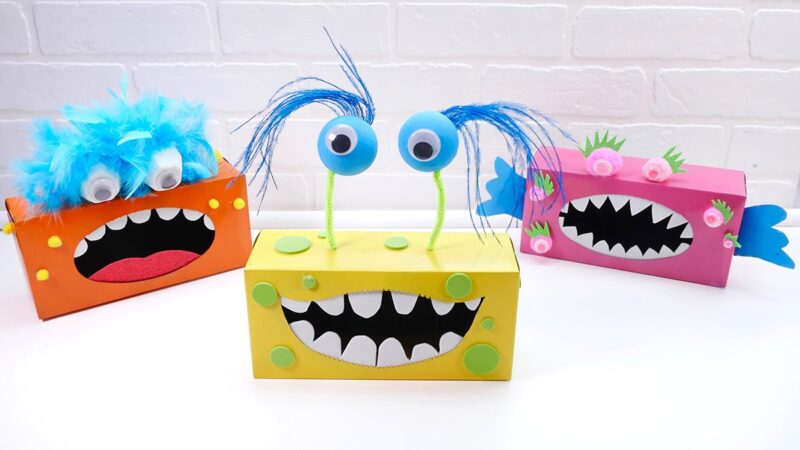
Each day, tell kids your classroom tissue box “monster” wants to eat words that have the same beginning, middle, or ending sound as _____. Have kids “feed” picture cards to the monster or just pretend to throw imaginary items its way.
Learn more: Supersimple.com
23. Which Word Doesn’t Belong? Sounds
Say a collection of words or show a set of picture cards that have the same beginning, ending, or middle sound, with one extra. Have kids identify the one that doesn’t belong.
24. Sound Hunt
Call out a beginning or ending sound. Have kids go to something in the classroom that has that sound (e.g., go to “door” for “starts with the /d/ sound” or go to “sink” for “ends with the /k/ sound”).
25. Mystery Object
Put an item in a box or fancy bag. Give kids clues about the item related to its sounds for them to guess the item (e.g., “The mystery object starts like “water” and it has a /ch/ sound at the end” for “watch”).
26. Bounce and Roll Segmenting
Give each student a soft ball. Have them bounce or tap the ball for each sound in a word and then roll or slide the ball from left to right as they blend the whole word.
27. Animal Jump Segmenting
Give students any small stuffed animal or toy. Have them make the animal jump for the sounds in words you say and then slide or “run” to blend the whole word.
28. Body Part Segmenting
Have students touch body parts from top to bottom to segment a word. Use head and toes for two-sound words and head, waist, and toes for three-sound words.
29. Body Part Sound Positions
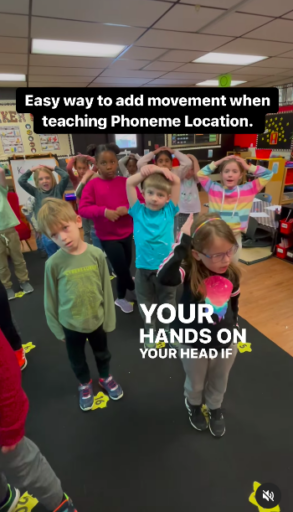
Have students touch a body part to show whether a sound is at the beginning, middle, or end of a word. If they are listening for the /p/ sound, they’d touch their heads for “pickle,” their waist for “apple,” and their toes for “slurp.”
Learn more: @kinderkish
30. Slinky Segmenting
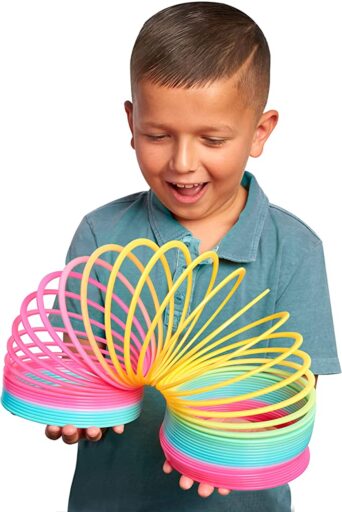
Have kids stretch a Slinky as they say the sounds in a word and then release it to say the whole word.
Buy it: Slinky on Amazon
31. Xylophone Sounds
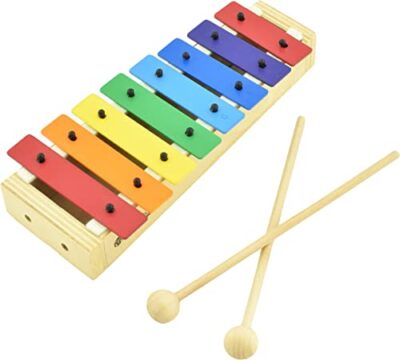
Say a word and have students tap a xylophone key for each sound, then sweep across the keys to say the whole word.
Buy it: Xylophone for kids on Amazon
32. Phoneme Segmentation Bracelets
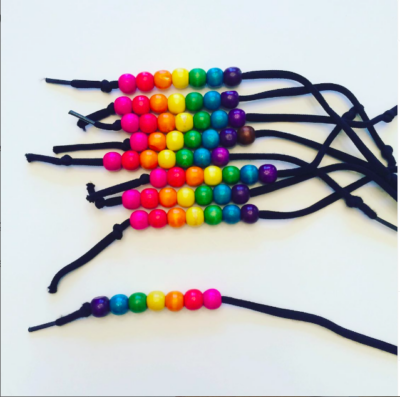
Have students move one bead per sound as they segment words.
Learn more: @taryns_unique_learning
33. Elkonin Boxes
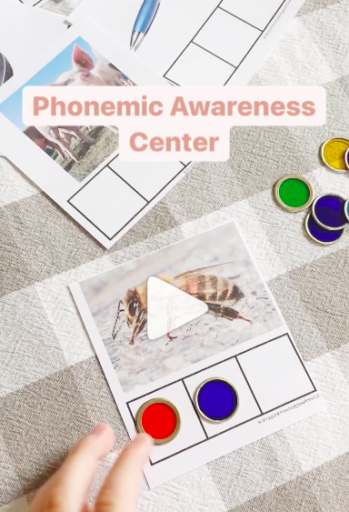
Have students place one counter per Elkonin box as they segment the sounds in words on picture cards.
Learn more: @droppinknowledgewithheidi
34. Pop-it Sounds
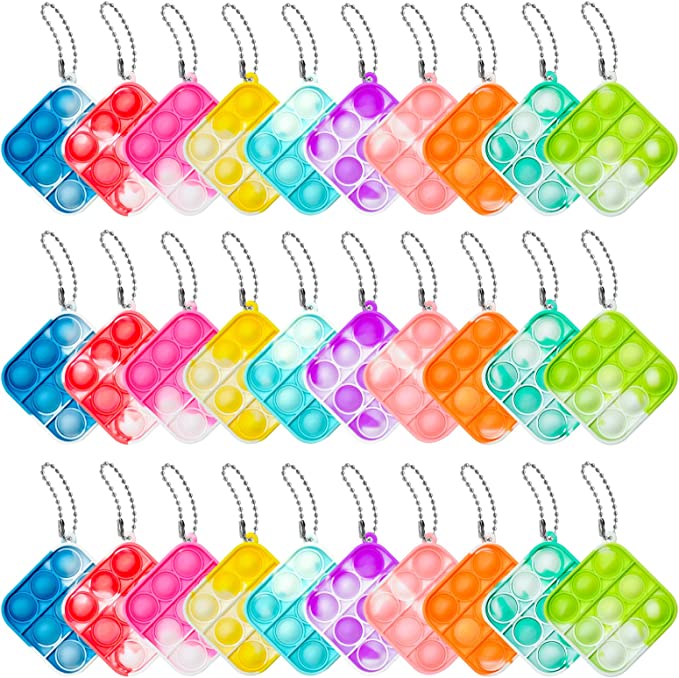
Have students pop bubbles on a small Pop-it as they say each sound in a word.
Buy it: Mini Pop Fidget set of 30 on Amazon
35. Sound Smash
Give students balls of dough or clay to smash as they say each sound in a word.
36. Jumping Jack Words
Call out words and have students do a jumping jack for each sound. Vary the game with different movements.
37. Guess My Word: Sound Clues
Give students clues about a secret word, like “It starts with /m/ and ends in /k/ and some of you drank it for lunch” for “milk.”
38. Headband Pictures: Sound Clues
Clip picture cards to student headbands. Have them give each other clues about the sounds in a word to guess their picture.
39. Nonsense Word Change
Say a nonsense word and ask students how to change it to a real word. (For example, to make “zookie” real, change the /z/ to /c/ to make “cookie.”)
40. LEGO Word Change
Use LEGO bricks or interlocking cubes to build a word sound by sound. (For example, link three bricks to represent the sounds in “pat.”) Then take off or add bricks to change the sounds into new words. (For example, take off the /p/ to say “at” and put a new brick for /m/ to change the word to “mat.”)
What are your go-to phonological awareness and phonemic awareness activities? Let us know in the comments!
Looking for more great idea lists? Subscribe to our newsletters to receive notifications when we post new ones!
